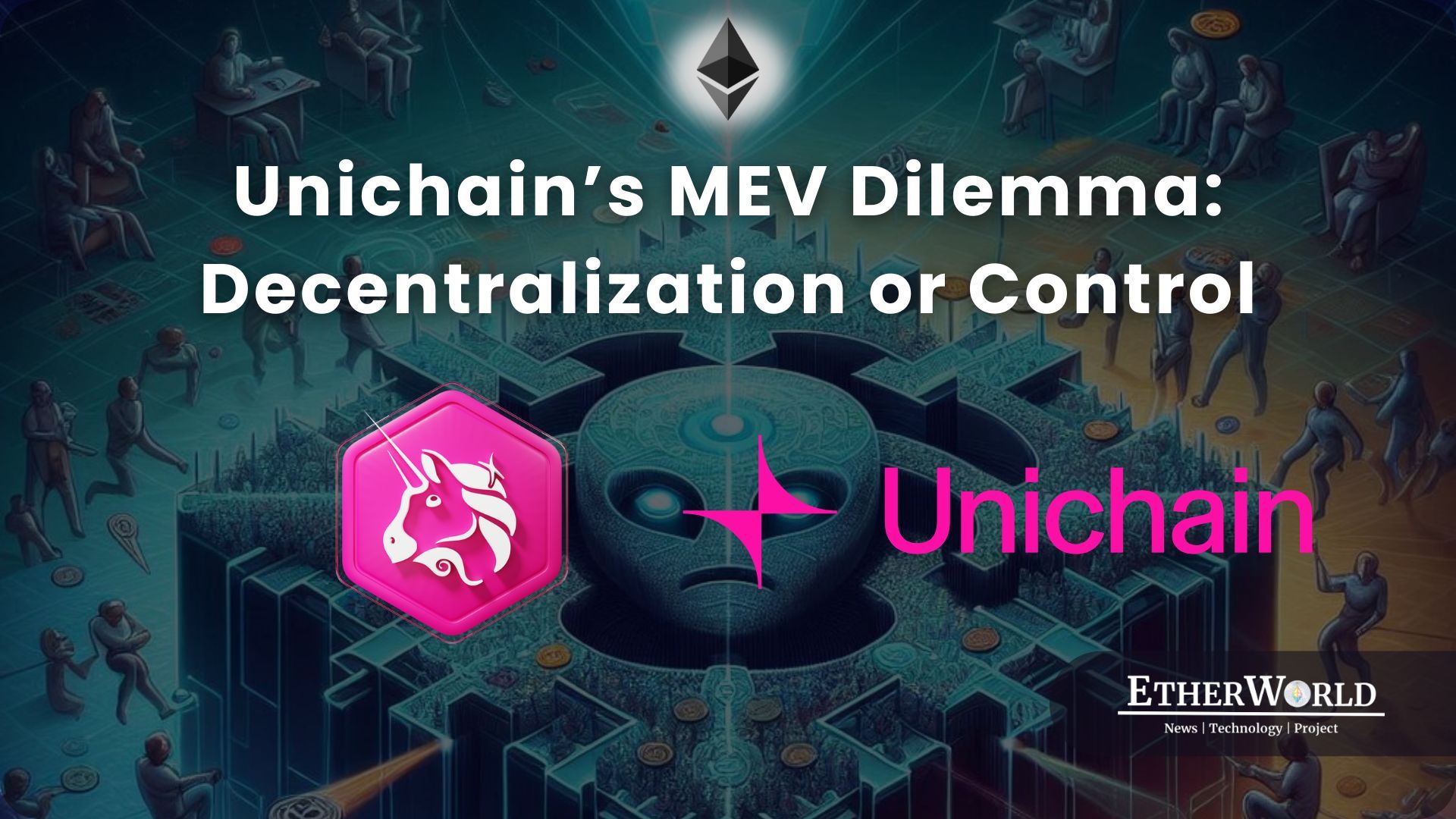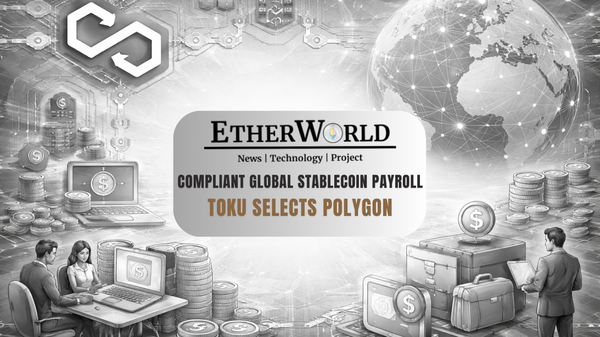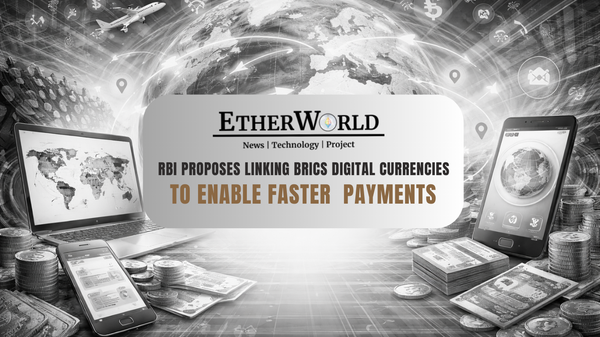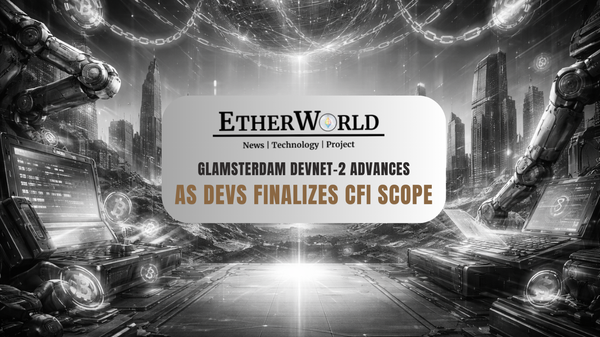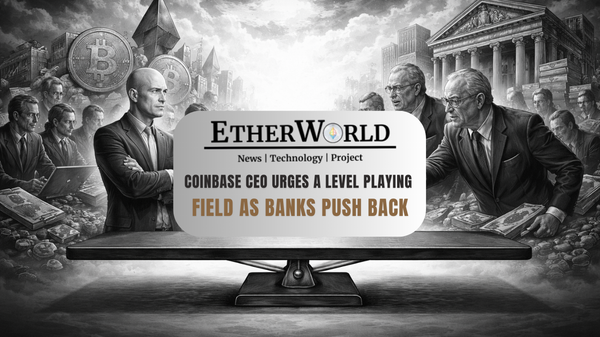Uniswap’s latest announcement of Unichain, their new Layer 2 solution that promises lightning-fast transactions, cross-chain swaps, and a whopping 95% cost reduction compared to Ethereum L1, has sparked a debate—but not about speed, efficiency, or multi-chain swapping. No, the community is split over one key question: How will Unichain handle MEV?
MEV is the value that block producers can capture by reordering transactions. It’s been a controversial topic, with concerns over whether this value will end up lining the pockets of sequencers and validators, leaving regular users in the dust.
Read more about MEV: MEV in DeFi
What about the Unichain’s vision of MEV? It’s a game-changer.
Dan Robinson raised a key question many in the community are wondering: Will Unichain end up being just another Layer 2 that funnels MEV (Maximal Extractable Value) to insiders? The concern is understandable, given how MEV can often benefit block producers at the expense of users. But Unichain seems to be taking a different path. Rather than competing for MEV like some other L2s, Uniswap Labs is flipping the script.
Important point
— Hayden Adams ? (@haydenzadams) October 10, 2024
Lots of people talk about capturing MEV as if it is not value created by end users that should be returned to them as much as possible
Fair ordering and fast blocks are important parts of achieving this https://t.co/skNp8OpgL6
Unichain’s approach is built around putting users in control of their own MEV. With fast block times and a fair transaction ordering system, Uniswap is aiming to ensure that the value created by users goes back to them. It’s a bold stance in the evolving DeFi landscape, where MEV has become a hot topic of debate.
“Fair ordering and fast blocks are the key to making sure users get the value they deserve,” says Hayden Adams, founder of Uniswap.
? LayerZero is live on @unichain testnet!
— LayerZero (@LayerZero_Core) October 10, 2024
Built for DeFi, Unichain will soon support quick block times of 250 ms and a decentralized validator network.
Today, developers and applications from the 90+ chains connected through LayerZero can begin exploring @unichain.… pic.twitter.com/cS6T74ewla
And it’s a compelling point—rather than letting sequencers extract profits from users, Unichain’s decentralized validation network is designed to avoid any single entity having too much control. This helps keep the system fair, transparent, and accessible.
Of course, some questions still remain. Marco Monaco, for example, has raised concerns about hardware requirements and potential issues around censorship resistance. But Uniswap has been transparent about their process, and they’ve partnered with some of the most respected names in crypto, including Flashbots and Optimism, to address these challenges. Everything they’ve built is open-source, and they’re encouraging other projects to adopt similar models.
Ultimately, Unichain isn’t just looking to scale Ethereum—it’s trying to reshape the conversation about fairness and user value in DeFi. Whether this approach sets a new standard remains to be seen, but the conversation has certainly shifted in an exciting direction.
Introduction to Unichain: Unichain – an Ethereum L2 designed for DeFi
Read More:
Disclaimer: The information contained in this website is for general informational purposes only. The content provided on this website, including articles, blog posts, opinions, and analysis related to blockchain technology and cryptocurrencies, is not intended as financial or investment advice. The website and its content should not be relied upon for making financial decisions. Read full disclaimer and privacy Policy.
For Press Releases, project updates and guest posts publishing with us, email to contact@etherworld.co.
Subscribe to EtherWorld YouTube channel for ELI5 content.
Share if you like the content. Donate at avarch.eth
You've something to share with the blockchain community, join us on Discord!


